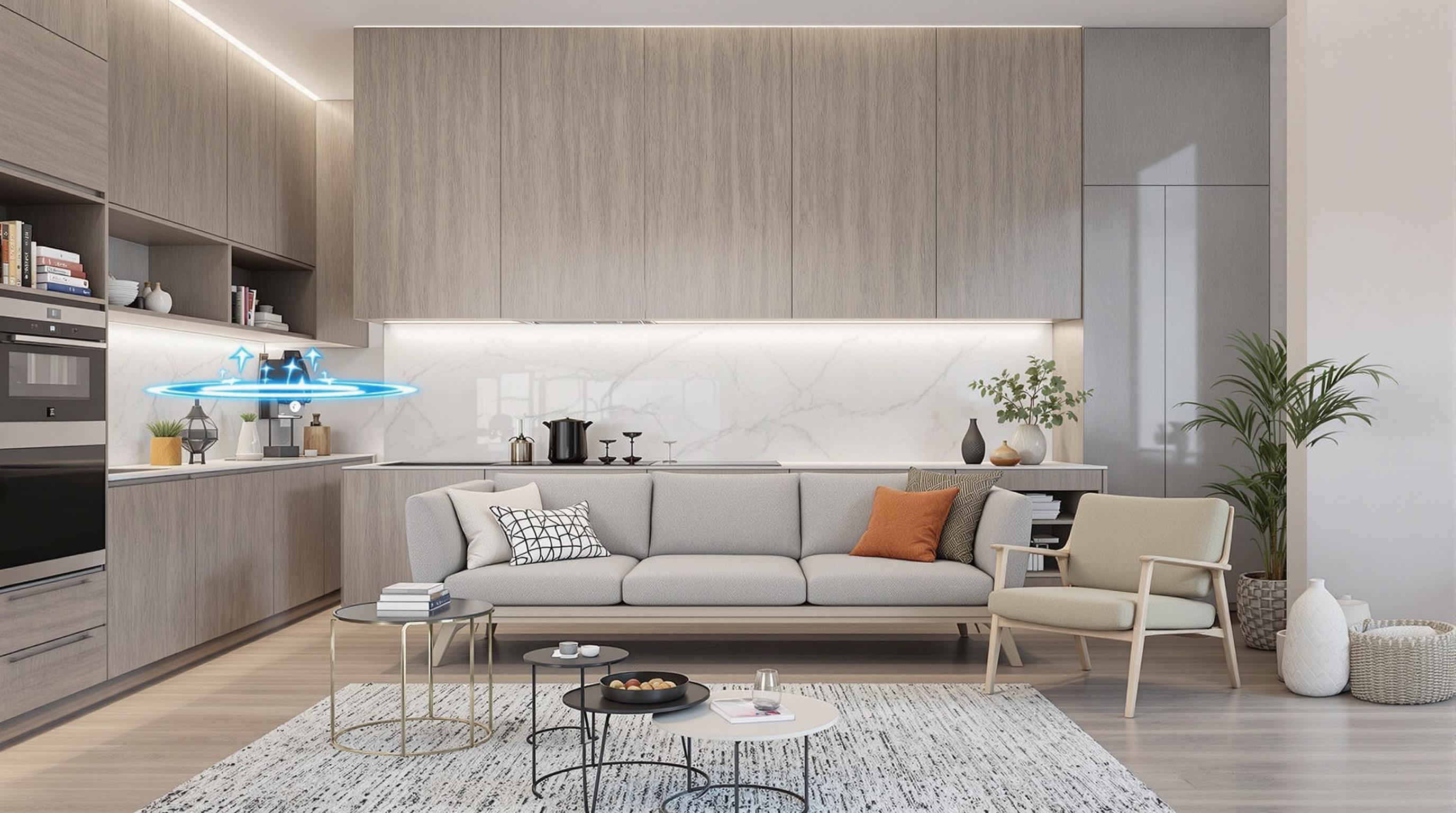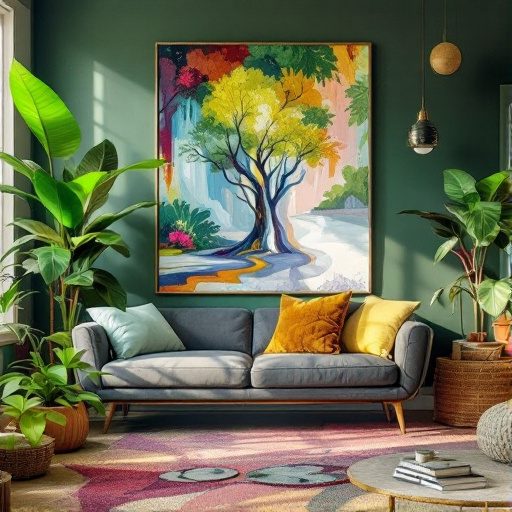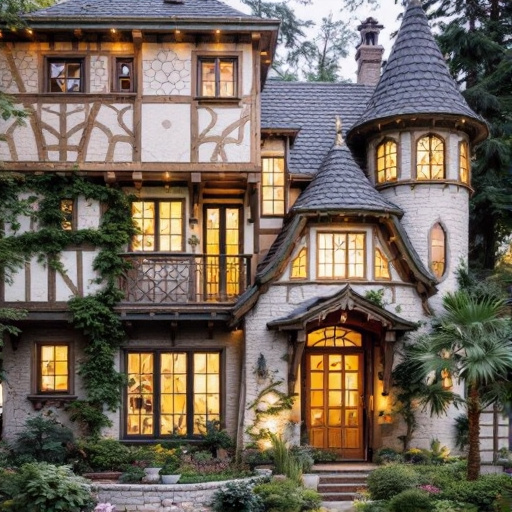Featured Articles
- "Decoding the Mystery: How Folklore Influences Modern Home Designs in Unexpected Ways"
- Reimagining Ruins: How Abandoned Spaces Are Inspiring Modern Home Designs and Eco-Conscious Living
- Reimagining Spaces: How Biophilic Design Can Transform Mental Health in Your Home
- Reviving the Past: How Retro Futurism is Reshaping Modern Home Design with a Twist of Nostalgia
- Revolutionizing Spaces: How Biophilic Design is Transforming Urban Home Environments into Nature-Infused Sanctuaries
Revolutionizing Spaces: How Biophilic Design is Transforming Urban Home Environments into Nature-Infused Sanctuaries
Revolutionizing Spaces: How Biophilic Design is Transforming Urban Home Environments into Nature-Infused Sanctuaries
Biophilic design is transforming urban home environments by seamlessly integrating elements of nature into living spaces, fostering well-being and connection to the natural world. As urbanization accelerates, this approach not only enhances aesthetics but also promotes mental health, sustainability, and community engagement.
What is Biophilic Design?
At its core, biophilic design is about bringing nature back into our lives, especially for those of us living in bustling urban environments where concrete and steel dominate. Coined by American biologist Edward O. Wilson in the 1980s, the term "biophilia" refers to our innate human affinity for nature. But it's not just a passing trend; it's backed by science.
Why Now? The Drive Towards Nature
In a world where 55% of the population lives in urban areas—a number projected to rise to 68% by 2050 (United Nations, 2018)—the need for a refuge in our living spaces is paramount. The stresses of city life can lead to a deterioration of mental health; statistics show that urban residents are 21% more likely to suffer from anxiety and mood disorders than those living in rural areas (American Psychological Association, 2020). Biophilic design addresses this escalating concern through various elements such as natural lighting, indoor plants, water features, and even organic materials that echo the feeling of being in the great outdoors.
A Splash of Nature: Case Studies
Let’s take a look at some remarkable examples of biophilic design in action. One standout project is the Bosco Verticale (Vertical Forest) in Milan, Italy. This architectural wonder features over 9,000 trees, 20,000 shrubs, and 100,000 plants, effectively creating green high-rises that combat the heat island effect while improving air quality. Residents not only enjoy breathtaking views but also a thriving ecosystem right outside their windows.
Another enticing example comes from Singapore’s Gardens by the Bay, which showcases the successful melding of technology and nature. Its Supertree Grove, consisting of towering tree-like structures, generates solar power, collects rainwater, and serves as vertical gardens, captivating millions of visitors while enhancing urban biodiversity. This innovative approach has garnered international accolades and serves as a blueprint for future urban landscapes.
Nature’s Role in Urban Design
The integration of natural elements goes beyond aesthetics; it serves as an essential tool for improving physical and mental health. Research has shown that indoor plants can reduce stress by up to 60% and boost concentration and productivity by 15% (Journal of Environmental Psychology, 2015). By incorporating greenery into designs, whether through potted plants or vertical gardens, urban dwellers can experience these transformative benefits within their homes.
Creating Your Nature-Infused Sanctuary: Practical Tips
So, how can you transform your urban living space into a biophilic sanctuary? Here are some practical tips:
- Introduce Plants: Start with easy-to-care-for species like snake plants or pothos, which thrive indoors and improve air quality.
- Natural Materials: Consider using wooden furniture, stone accents, and organic textiles to bring warmth into your space.
- Maximize Natural Light: Avoid heavy curtains and opt for sheer ones that allow sunlight to fill your space, mimicking an open-air environment.
- Incorporate Water Features: A small indoor fountain or even a bowl of water can provide the soothing sound of flowing water, reminiscent of an outdoor oasis.
The Psychological Benefits of Nature
There’s something almost magical about sunlight streaming through a window, bouncing off the leaves of a thriving plant, or the sound of a trickling fountain. According to a study by the University of Queensland, simply adding greenery to your environment can lead to a 14% increase in overall wellbeing. The concept of "nature therapy" is gaining traction, where simply engaging with natural elements can drastically improve moods and productivity levels, especially for those working remotely.
Biophilic Design: A Gen Z Perspective
As a 23-year-old writer, I can't help but appreciate how biophilic design resonates with my peers. Many Gen Zers seek authentic, meaningful experiences, often turning to the natural world for solace amid the frenzy of modern life. This trend can be seen on social media, where nature-inspired aesthetics thrive; think cozy apartment corners filled with large foliage plants, fairy lights, and handmade wooden decor. It's not just a fashion statement; it’s a lifestyle affirmation. We want our homes to be an extension of who we are and what we cherish—peace, creativity, and a touch of wildness.
The Sustainability Factor
One of the remarkable aspects of biophilic design is its intrinsic connection to sustainability. Urban areas are often the largest contributors to pollution and waste; however, integrating green designs can lead to significant environmental enhancements. According to the World Economic Forum, urban greenery can cool neighborhoods by up to 7 degrees Celsius, which drastically reduces the need for air conditioning, thus saving energy and lowering overall emissions. Not to mention, greenspaces promote biodiversity, offering habitats for urban wildlife that would otherwise struggle to thrive amidst concrete jungles.
Challenges and Misconceptions
Despite the numerous benefits, integrating biophilic design is not without its challenges. Some skeptics argue that it can be costly or impractical in densely populated cities where space is at a premium. However, the truth is that biophilic elements can range from inexpensive houseplants to larger, more complex installations. Moreover, as cities increasingly recognize the importance of green infrastructure, local governments are beginning to incentivize the inclusion of biophilic components in new developments. Grants for green roofs or urban gardens are becoming more common, demonstrating a shifting mindset around urban design.
Bringing Community Together
Biophilic design also encourages community engagement and inclusivity. Community gardens, for instance, not only provide fresh produce but also serve as social hubs where people come together to learn and cooperate. This fosters connections, breaks down barriers, and builds a sense of belonging, which is particularly important in urban settings where isolation can be common. Imagine a weekend spent planting and laughing alongside your neighbors—now that’s a beautiful way to cultivate both nature and community!
The Future of Urban Spaces
As urban designers and architects continue to embrace biophilic principles, the future of urban spaces looks promising. The movement is evolving beyond individual homes to encompass larger community-oriented designs that celebrate nature on a grand scale. Emerging concepts like the "15-minute city," where residents have access to all their needs within a short walk or bike ride, inherently lend themselves to biophilic principles, emphasizing greenery, walkability, and communal spaces.
The Last Leaf Falling
As we close this exploration of biophilic design, it's important to recognize that every leaf, plant, and water feature has the power to spark joy and rejuvenate our spirits. Whether you're a city dweller looking to invite a little bit of nature into your cramped apartment or a developer planning the next urban utopia, remember: it's not just about aesthetics. It's about our well-being and connection to the world around us. So raise your potted plant in triumph; we’re all in this quest for greener pastures together!
A Call to Action
Let’s not kid ourselves; retail therapy might give us a kick, but true fulfillment comes from nature. So, whether you’re 16, 36, or 70, take the leap and embrace biophilic design in your life. Not only will you transform your living space, but you'll also contribute to a healthier, more vibrant urban ecosystem. What are you waiting for? It’s time to let nature in!




